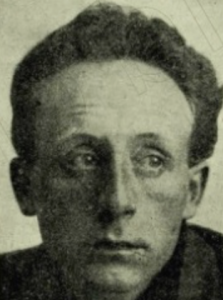Biography

In 1935 Leoncillo moved to Rome, where he attended the Academy of Fine Arts. He met de Libero and Cagli, inspirers of the Galleria della Cometa, and attended the artists of the Roman school. In 1939, in Umbertide, he applied himself to ceramics, a technique which would remain a constant in his production, and which would allow him to arrive at his peculiar identity of color-material. Gio Ponti is interested in his work, and in 1940 he sets up a room for him at the Milan Triennale, with Fancello. In 1941 he published a Bestiario, accompanied by lithographic plates by Fabrizio Clerici and a presentation by Raffaele Carrieri. He participated in the Resistance and after the Liberation he exhibited with Cagli, Guttuso, Mafai, Mirko and others in the Roman exhibition “Art against barbarism”, winning the first prize with the two versions of the Roman Mother killed by the fascists. In 1947 he joined the “New Front of the Arts” with Corpora, Franchina, Fazzini and Turcato, and exhibited with them at the 1948 Venice Biennale. In 1949 he had his first solo exhibition, at the Galleria del Fiore in Florence, presented by Roberto Longhi. In 1955 he made the monument to the Venetian partisan for Venice, destroyed in 1962 by an attack. In 1956, following a profound ideological crisis, he resigned from the Communist Party and began a severe revision of his work over the past decade. In 1957, he exhibited his new production decidedly informal oriented to Plinio De Martiis’s “Turtle”. His bright colors and the control of plastic and enamels lead him to very high level results, in which he also deals with spatial themes not far from the openings towards the fourth dimension of Lucio Fontana. He has a personal room at the XXXIV Venice Biennale in 1968, the year in which he died prematurely.